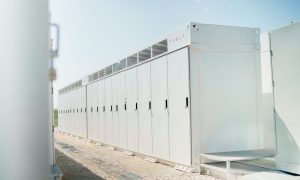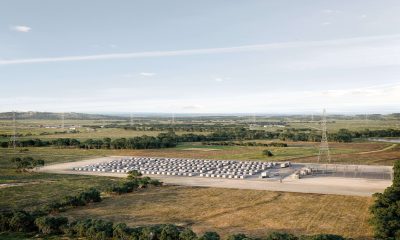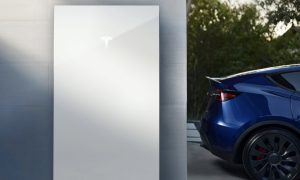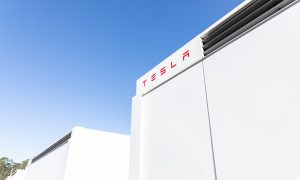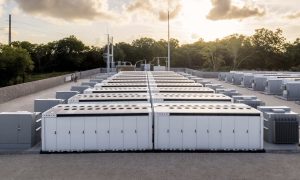Energy
Tesla on track to generate $500M from SolarCity merger, Solar Roof launch slated for second half of the year
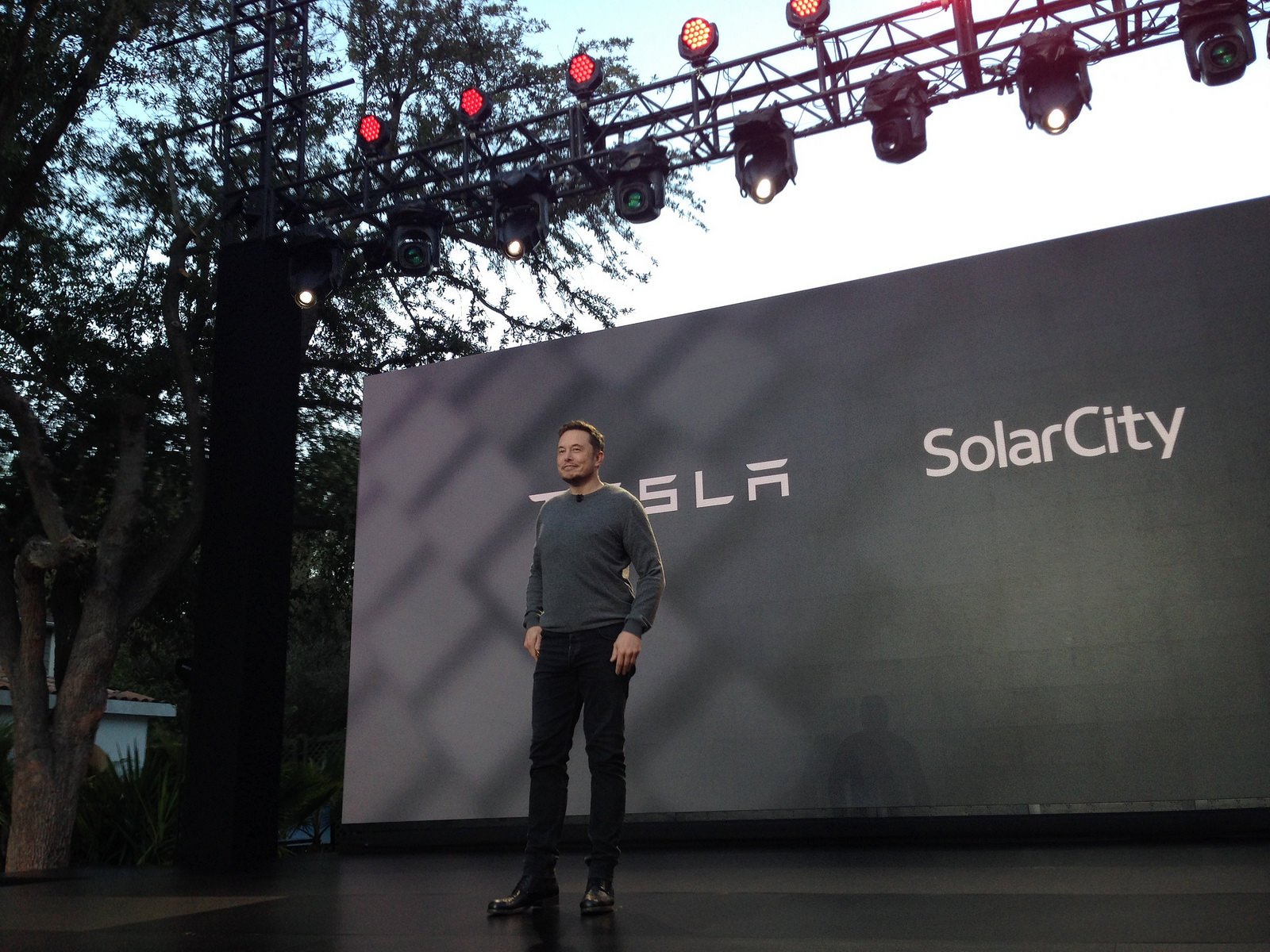
In November, shareholders approved a deal for Tesla to buy SolarCity Corp. in a transaction worth approximately $2.6 billion. Since that time, investors have pushed Tesla CEO Elon Musk to prove that this acquisition is fiscally responsible, with high expectations for the final quarter of 2016 and a positive outlook for 2017.
In the Tesla Q4 and full year 2016 financial results and Q&A webcast on Wednesday, SolarCity was well-celebrated as an essential element of “the world’s only integrated sustainable energy company, from generation to storage to transportation.”
Discussions around the Tesla Q4 financial statement included the results of SolarCity’s operations from the close of the acquisition on November 21 to December 31, 2016. Increases totaling Q4 GAAP operating expenses supported the growing Tesla business spectrum alongside $85 million of solar-related operating expenses since the acquisition of SolarCity. Moreover, Tesla also received $214 million in cash from the acquisition of SolarCity, which helped sweeten the Q4 report.
Tesla reports that it is “on track to generate $500M in cash” in the next two years. As Musk quipped at the beginning of the webcast, “I admire long term planning.” A significant component of that advanced fiscal forecast is the “achieve the cost synergies” that Tesla committed to upon acquiring SolarCity. Tesla outlined three ways that they intend to build the SolarCity.
- Cutting advertising spending: Ad Age commented in the past that “Tesla Motors has no advertising, no ad agency, no CMO, no dealer network. And that’s no problem.” As with today’s investor’s letter and webcast, the company receives positive coverage for posting its quarterly profits and announcing expansion of its product line and service networks. Musk, like many celebrity business people and politicians these days, uses Twitter to introduce company concepts and to generate buzz about everything Tesla— and that will extend more and more to SolarCity in the second half of 2017.
- Selling solar products in Tesla stores: The move to reinvent its retail sales strategy comes as part of Tesla’s long term business plan to promote a 360° sustainable energy lifestyle — complete with electric cars, solar power, and home battery storage. Selling a lifestyle and a way of thinking, Tesla retail store reconfiguration has deepened its already formidable brand, which offers a premium lifestyle experience that complements a high-tech image. SolarCity products, as part of this melange, will become an essential element of the Tesla product catalog at retail locations, with emphasis on markets with the most demand for solar energy products.
- Shifting away from leasing solar systems: At the end of 2016, SolarCity CEO Lyndon Rive had announced that the company expected to reduce the number of leases while loans and cash purchases increase. Now the market is expected to trend steadily toward direct ownership as loan designs become more appealing, system costs continue to fall, and more people see the benefit in a purchase.
Tesla is well-positioned in the alternative energy sector with SolarCity, as solar power installations doubled in 2016 over 2015 as more and more areas of the U.S. began pulling their power from the sun. Indeed, for the first time, solar power installations formed the largest group of electricity generating capacity of any energy source. Nearly 40 percent of new power generation projects added last year were solar, in terms of electrical production capacity. A record 22 states each added more than 100 megawatts.
The trend should continue in the next two years, consistent with the Tesla SolarCity viability plan, according to a report by GTM Research. They say that the community solar segment is on verge of becoming a mainstream driver of U.S. solar market growth. Starting in 2017, community solar is expected to consistently drive 20% – 25% of the annual non-residential PV market and become a half-gigawatt annual market by 2019.
Elon Musk
Tesla Energy shines with substantial YoY growth in deployments
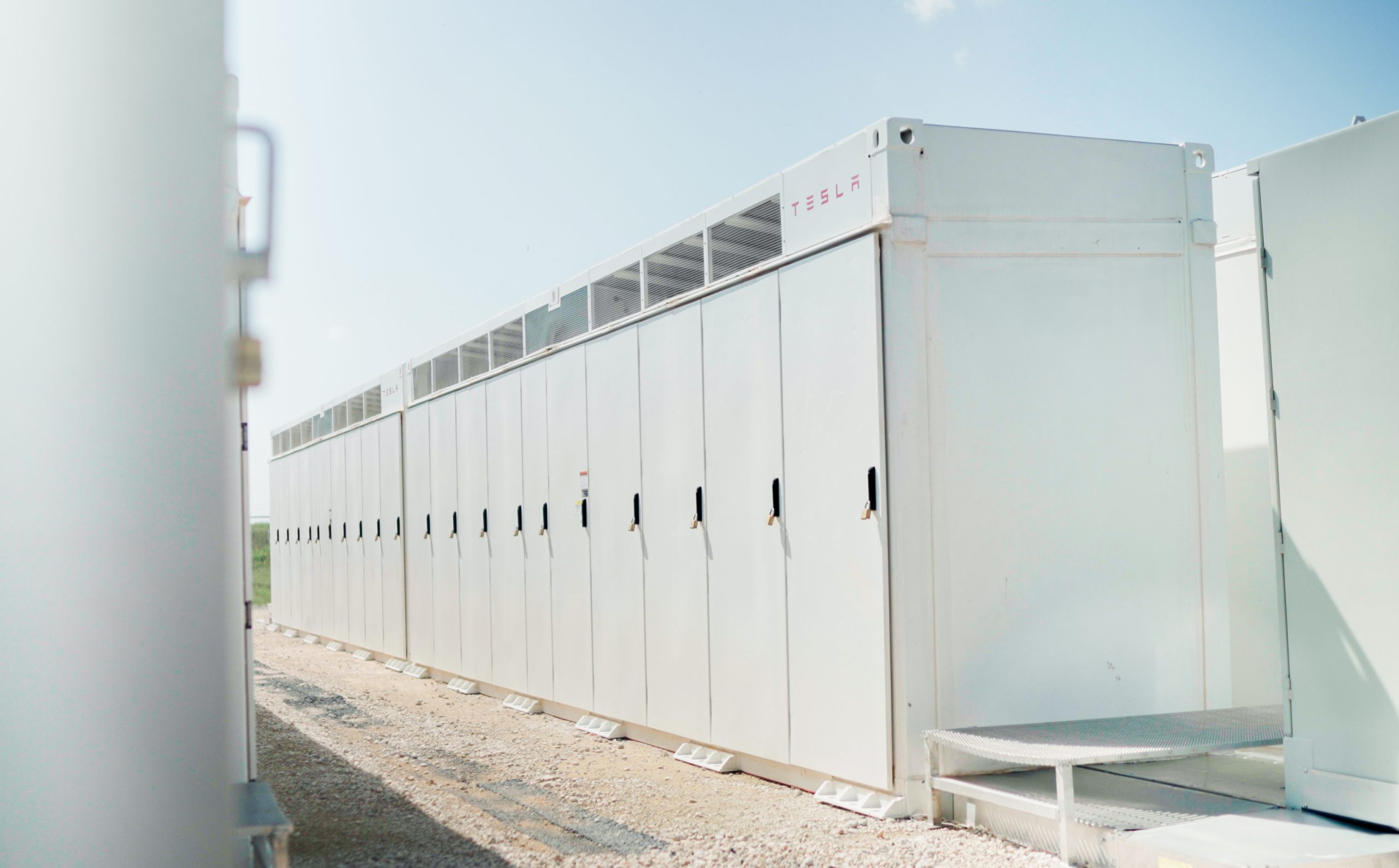
Tesla Energy shined in what was a weak delivery report for the first quarter, as the company’s frequently-forgotten battery storage products performed extraordinarily well.
Tesla reported its Q1 production, delivery, and deployment figures for the first quarter of the year, and while many were less-than-excited about the automotive side, the Energy division performed well with 10.4 GWh of energy storage products deployed during the first quarter.
This was a 156 percent increase year-over-year and the company’s second-best quarter in terms of energy deployments to date. Only Q4 2024 was better, as 11 GWh was recorded.
Tesla Energy is frequently forgotten and not talked about enough. The company has continued to deploy massive energy storage projects across the globe, and as it recorded 31.5 GWh of deployments last year, 2025 is already looking as if it will be a record-setting year if it continues at this pace.
Tesla Megapacks to back one of Europe’s largest energy storage sites
Although Energy performed well, many investors are privy to that of the automotive division’s performance, which is where some concern lies. Tesla had a weak quarter for deliveries, missing Wall Street estimates by a considerable margin.
There are two very likely reasons as to why this happened: the first is Tesla’s switchover to the new Model Y at its production facilities across the globe. Tesla said it lost “several weeks” of production due to the updating of manufacturing lines as it rolled out a new version of its all-electric crossover.
Secondly, Tesla could be facing some pressure from pushback against the brand, which is what many analysts will say. Despite the publicity of attacks on Tesla drivers and their vehicles, as well as the company’s showrooms, it would be safe to assume that we will have a better picture painted of what the issue is in Q2 after the company reports numbers in July.
If Tesla is still struggling with lackluster delivery figures in Q2 after the Model Y is ramped and deliveries are more predictable and consistent, we could see where the argument for brand damage is legitimate. However, we are more prone to believe the Model Y, which accounts for most of Tesla’s sales, and its production ramp is likely the cause for what happened in Q1.
In what was a relatively bleak quarter, Tesla Energy still shines as the bright spot for the quarter.
Energy
Tesla lands in Texas for latest Megapack production facility
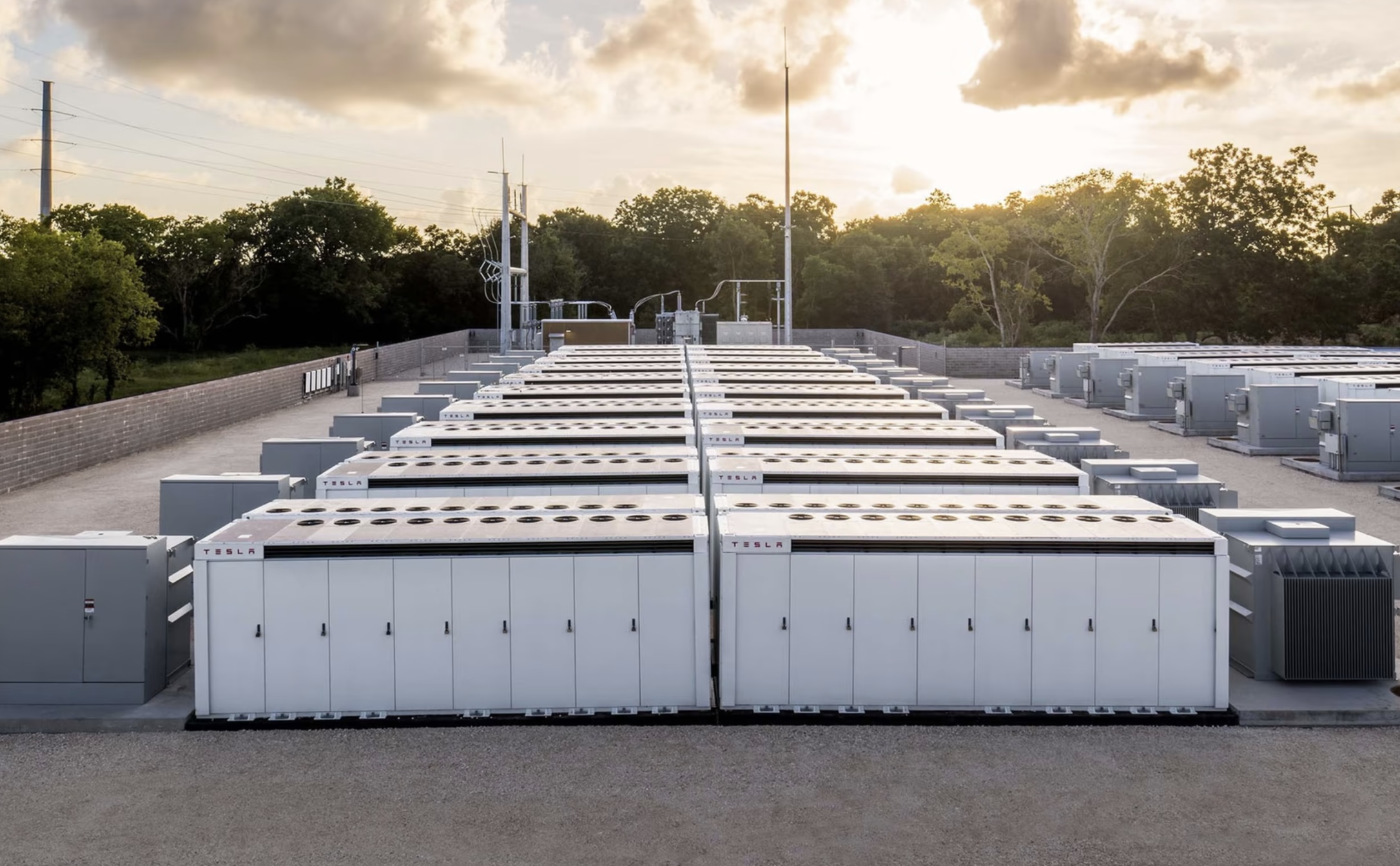
Tesla has chosen the location of its latest manufacturing project, a facility that will churn out the Megapack, a large-scale energy storage system for solar energy projects. It has chosen Waller County, Texas, as the location of the new plant, according to a Commissioners Court meeting that occurred on Wednesday, March 5.
Around midday, members of the Waller County Commissioners Court approved a tax abatement agreement that will bring Tesla to its area, along with an estimated 1,500 jobs. The plant will be located at the Empire West Industrial Park in the Brookshire part of town.
Brookshire also plans to consider a tax abatement for Tesla at its meeting next Thursday.
The project will see a one million square-foot building make way for Tesla to build Megapack battery storage units, according to Covering Katy News, which first reported on the company’s intention to build a plant for its energy product.
CEO Elon Musk confirmed on the company’s Q4 2024 Earnings Call in late January that it had officially started building its third Megapack plant, but did not disclose any location:
“So, we have our second factory, which is in Shanghai, that’s starting operation, and we’re building a third factory. So, we’re trying to ramp output of the stationary battery storage as quickly as possible.”
Tesla plans third Megafactory after breaking energy records in 2024
The Megapack has been a high-demand item as more energy storage projects have started developing. Across the globe, regions are looking for ways to avert the loss of power in the event of a natural disaster or simple power outage.
This is where Megapack comes in, as it stores energy and keeps the lights on when the main grid is unable to provide electricity.
Vince Yokom of the Waller County Economic Development Partnership, commented on Tesla’s planned Megapack facility:
“I want to thank Tesla for investing in Waller County and Brookshire. This will be a state-of-the-art manufacturing facility for their Megapack product. It is a powerful battery unit that provides energy storage and support to help stabilize the grid and prevent outages.”
Tesla has had a lease on the building where it will manufacture the Megapacks since October 2021. However, it was occupied by a third-party logistics company that handled the company’s car parts.
Energy
Tesla Energy had a blockbuster 2024

Tesla Energy has become the undisputed dark horse of the electric vehicle maker. This was highlighted by Tesla Energy’s growing role in the company’s overall operations in the past quarters.
And as per Tesla’s year-end milestone posts on X, Tesla Energy had a blockbuster 2024.
Tesla Energy’s 2024 milestones:
- As per Tesla on its official social media account on X, the company has hit over 800,000 Powerwalls installed worldwide.
- From this number, over 100,000 Powerwall batteries have been enrolled in virtual power plant (VPP) programs.
- The Powerwall 3 has officially been launched in the United States, Canada, Puerto Rico, the U.K., Germany, Italy, Australia, and New Zealand.
- The Tesla Megapack hit over 22 GWh in operation across more than 60 countries across the globe.
- The Lathrop Megafactory, which produces the Megapack, has been ramped to 40 GWh per year.
- The Lathrop Megafactory has also produced its 10,000th Megapack battery.
- The Shanghai Megafactory was completed in just seven months, and it is ready to start Megapack production in Q1 2025.
Hit 800k Powerwalls installed worldwide
— Tesla (@Tesla) December 31, 2024
Also:
– Over 100k Powerwalls are now enrolled in VPP programs
– Launched Powerwall 3 in the US, Canada, Puerto Rico, UK, Germany, Italy, Australia & New Zealand
– Megapack hit 22+ GWh in operation across 60+ countries
– Ramped… pic.twitter.com/bE88DpeyTg
Powerwall owners’ 2024 impact:
- As per Tesla Energy, Powerwall owners generated a total of 4.5 TWh of solar energy globally in 2024. This was equivalent to powering a Model 3 for more than 17 billion miles.
- A total of 1.1 TWh of energy was stored in Powerwalls in 2024. This protected homes from over 5.8 million outages during the year.
- Tesla’s Storm Watch feature for Powerwall batteries covered 2.8 million severe weather events over the year.
- Powerwall owners saw collective savings of over $800 million on utility bills.
- Virtual Power Plants contributed over 2.2 GWh of power to the grid. This reduced the need for 2,200 metric tons of fossil fuel peaker plant emissions.
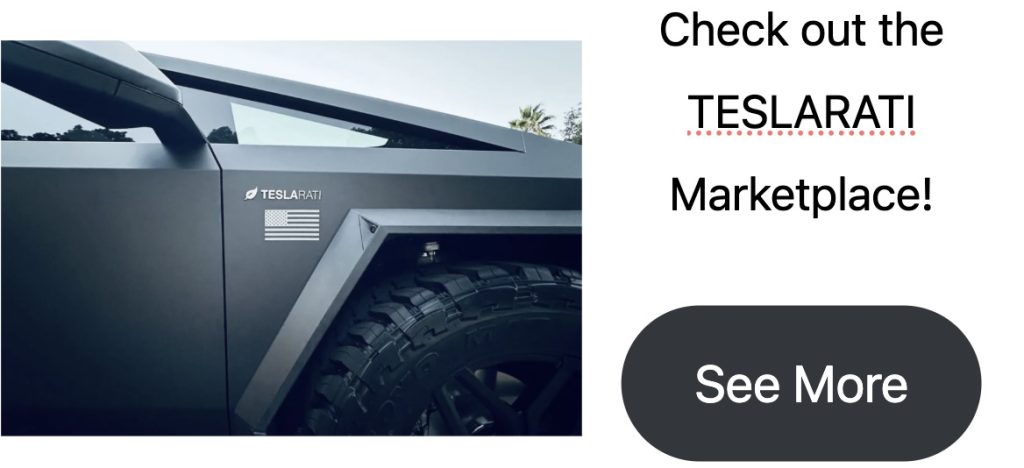
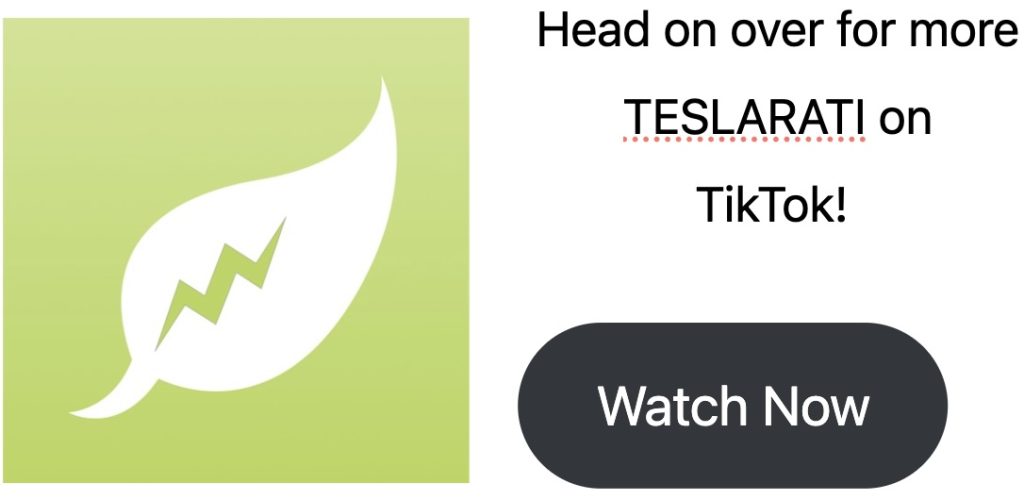
Don’t hesitate to contact us with news tips. Just send a message to simon@teslarati.com to give us a heads up.
-
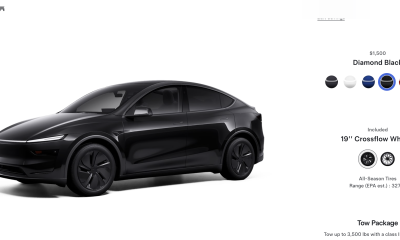
 News2 weeks ago
News2 weeks agoTesla rolls out new, more affordable trim of the Model Y Juniper in U.S.
-
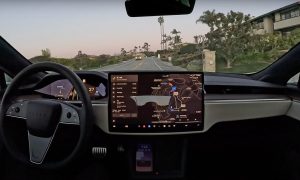
 News2 weeks ago
News2 weeks agoTesla expands Early Access Program (EAP) for early Full Self-Driving testing
-

 News2 weeks ago
News2 weeks agoTesla celebrates key milestone for 4680 battery cell production cost
-
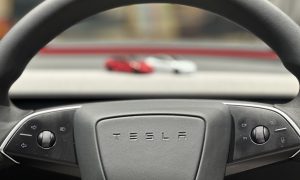
 Investor's Corner2 weeks ago
Investor's Corner2 weeks ago“Nothing Magnificent about Tesla (TSLA),” claims Jim Cramer
-
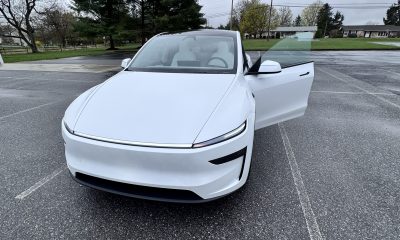
 News1 week ago
News1 week agoI took a Tesla new Model Y Demo Drive – Here’s what I learned
-
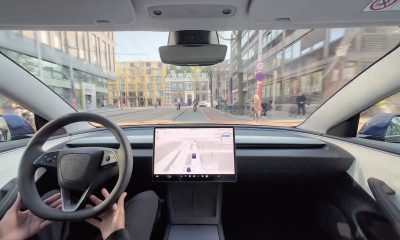
 News2 weeks ago
News2 weeks agoTesla Europe shares FSD test video weeks ahead of launch target
-
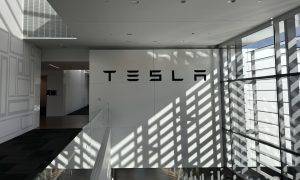
 News2 weeks ago
News2 weeks agoThis Tesla executive is leaving the company after over 12 years
-
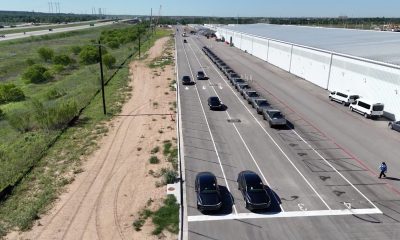
 News2 weeks ago
News2 weeks agoTesla’s Giga Texas vehicles now drive themselves to outbound lot

